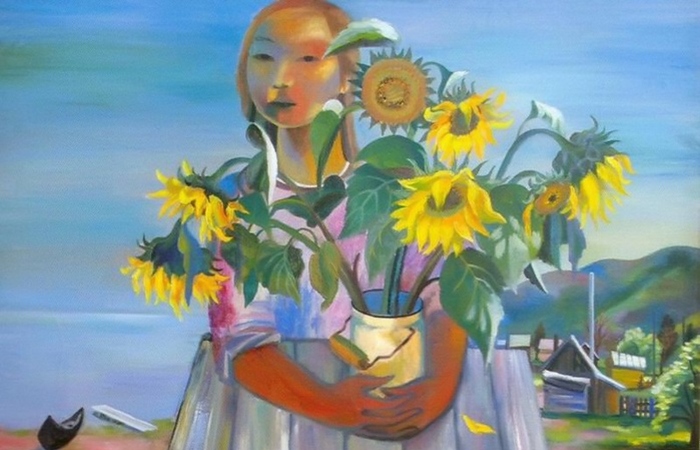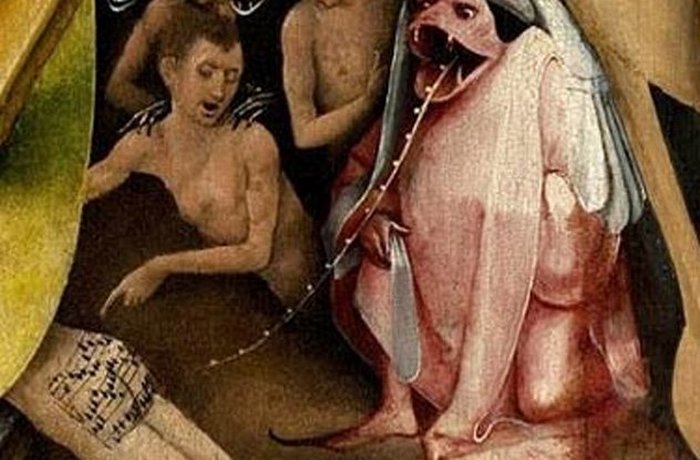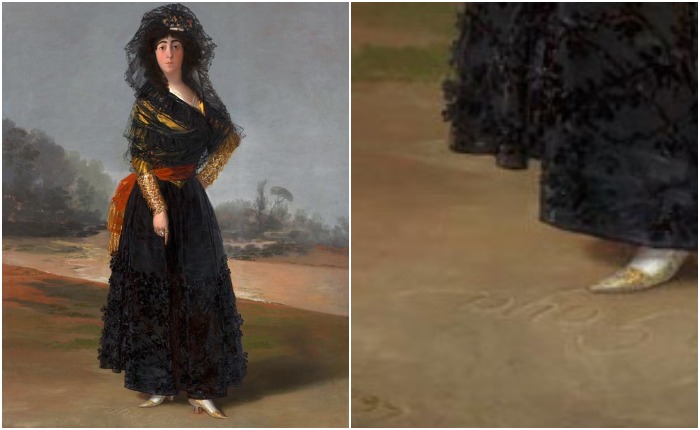What is the secret of the appeal of romances: The history of the genre from Spanish to cruel
 Touching songs performed by Larisa Ogudalova, a dowager, are just one of the signs of the romance, if we take into account its entire history. But once upon a time it began with other songs – both in terms of theme and method of performance. True, the main secret of the romance, which makes it so attractive for centuries, remains, perhaps, unchanged.
Touching songs performed by Larisa Ogudalova, a dowager, are just one of the signs of the romance, if we take into account its entire history. But once upon a time it began with other songs – both in terms of theme and method of performance. True, the main secret of the romance, which makes it so attractive for centuries, remains, perhaps, unchanged.
His predecessor has a rather distant relation to the usual idea of romance – and the point is not only that the evolution of this vocal and musical genre has been going on for many centuries. In an attempt to clarify the history of the romance, musicologists turned to Spain in the XIV – XV centuries, when songs in the local dialect began to be heard both at the royal court and at festivities – in contrast to church psalms performed in Latin. It is believed that the kingdom of Aragon became the birthplace of the romance, from where these songs spread through Spain through the efforts of the troubadours.
Then these were poems about military exploits, the fight against the Moors, stories about knights and, of course, love texts – they were usually performed to the accompaniment of vihuela, relatives of the guitar and lute. Yes, at first it was not fatal passion and unrequited love that were the main inspirational ideas for romance performers. In fact, this was a new stage in the folk epos, somewhat similar to the Russian epics, and the main characters of the romances were the soldiers and leaders of the Spanish people. Bernardo del Carpio, who lived in the ninth century and, according to legend, did not die, but fell asleep in the Asturian mountains, and sleeps to this day; Fernand Gonzalez, who was able to recapture Castile from the Moors; Sid Campeador, a legendary man who became a hero of songs and poems, who, according to legend, and after his death, maintained the fighting spirit of his army – these are whom poets and musicians glorified, performing romances in the streets of Spain.
It is believed that romances became the first poetic form of Spanish literature, sometimes they are equated with a similar genre of ballad. One thing is certain – they were part of folklore, had many authors, because from time to time the romance was performed in a new way, depending on the mood of the singer, his memory, his creative beginning. One of the most striking features of the romance, which has survived to the present time, is that the music and the text, and with them the performance and the listener’s experiences, are combined into a single whole, turning the song into a kind of representation similar to theatrical.
Collections of Spanish romances were called “romancero”, they were recorded from the XIV century. Some of the songbooks included romances by the best Spanish composers of the time – Juan del Ensina, Francisco Peñalosa, Juan di Anchieta.
Romances were performed both in Spain and in its colonies; they were familiar with them throughout Europe. But in the era of romanticism, this musical genre began to gain special popularity. Yes, and its semantic content has changed according to the artistic needs of that era, becoming more lyrical, sentimental. Classical composers, primarily Austrian and German, such as Franz Schubert, Robert Schumann turned in their work to romance, followed by the French, and soon the Russian school. The genre was greatly influenced by the work of the greatest poets of the era – Goethe and Heine in Germany, Pushkin in Russia.
At first, the word “romance” in Russian was used to mean any song written in French, in contrast to the “Russian song”. Thanks to the era of romanticism in world culture, with close attention to the feelings of man, his natural beginning, the romance gained more and more popularity. Once created only by professional composers and titled poets, they “descend” into a nation that changes them and creates new ones. In the first half of the 19th century, the genre of Russian romance arose, and then its varieties: urban, cruel, gypsy. They called cruel the kind of Russian romance that was particularly dramatic in describing family and domestic conflicts, the emphasis on cruelty and, as a rule, the tragic ending.
St. Petersburg and Moscow gypsies began with their own, original style of performing Russian romance – dramatically, with a special emotional richness and melodiousness, then creating already new works, both in Russian and in gypsy.
Romances attracted and are attracted by their understatement, the listener only has one, the current moment, without a clear description of what happened before, and with vague ideas about the future.




